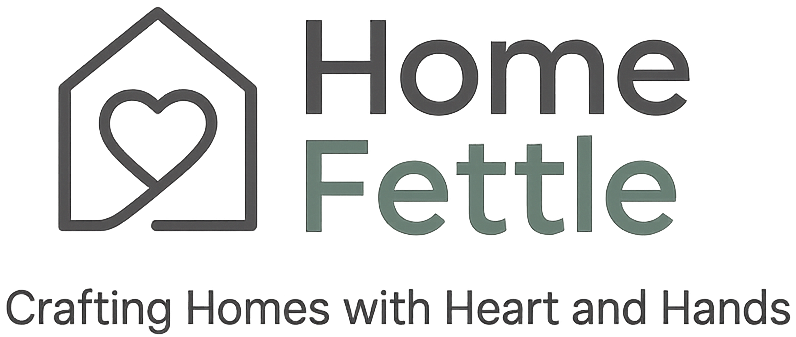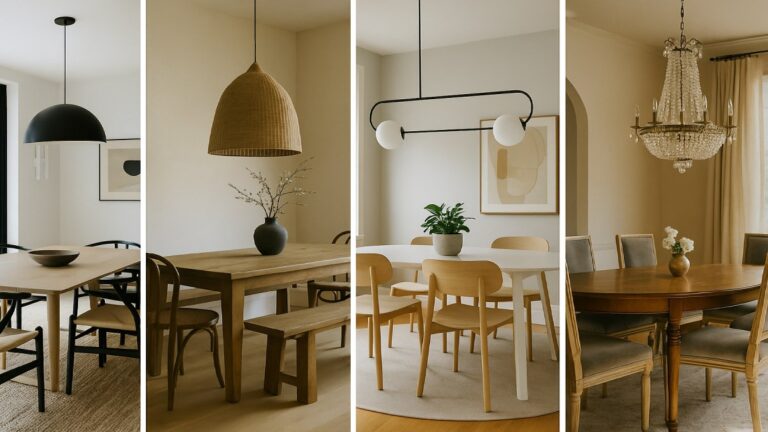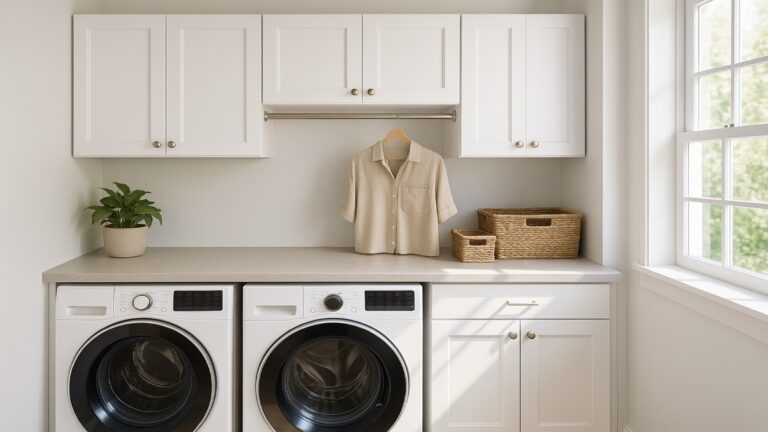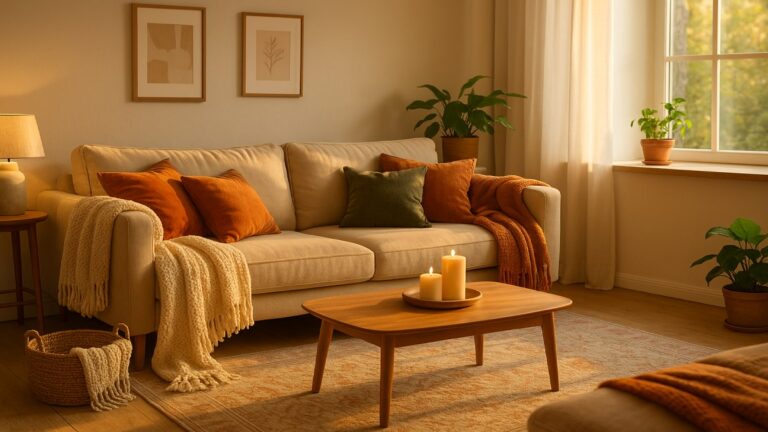Best Flooring Options for a Modern Minimalist Home
Flooring is more than a practical foundation — it’s the silent design language that defines a room’s mood, texture, and visual harmony. In modern minimalist interiors, the floor sets the tone for simplicity, warmth, and elegance. The right material can transform a plain space into one that feels timeless and balanced.
This guide explores the best flooring choices for creating a clean, cohesive, and luxurious minimalist look. From polished concrete to engineered hardwood, we’ll cover textures, tones, and techniques that bring calm sophistication to your home.
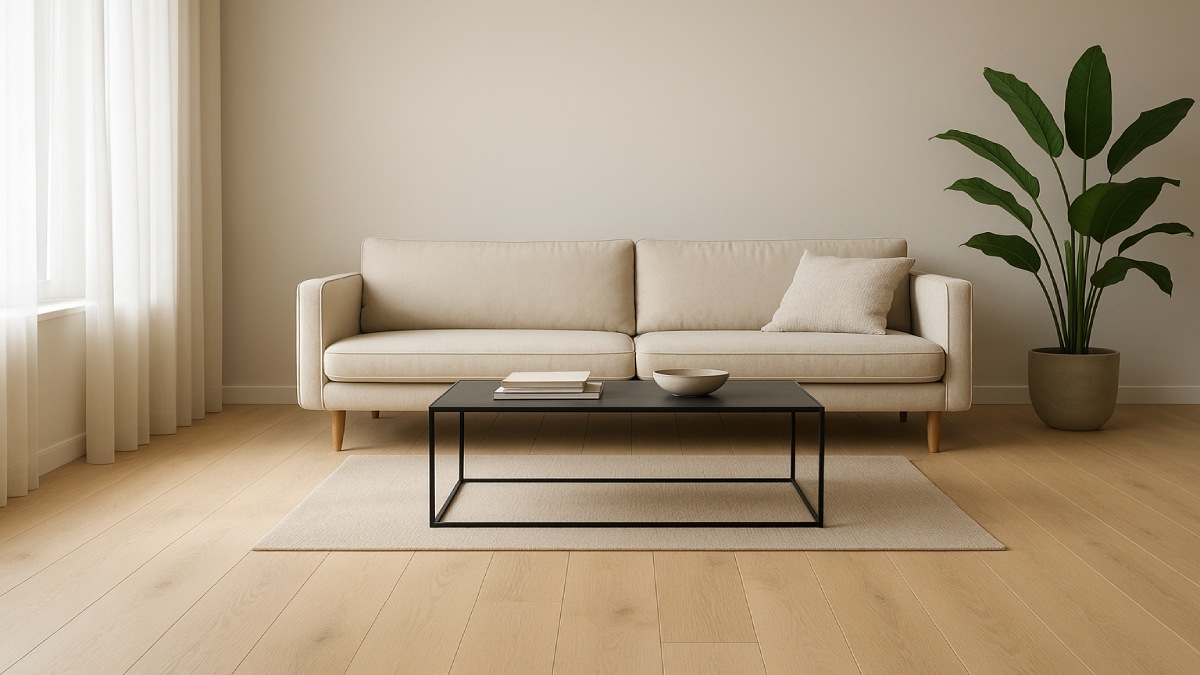
What Makes Flooring Minimalist?
Minimalist flooring is all about restraint. Instead of bold patterns or heavy contrast, it relies on soft hues, subtle grain, and a seamless flow. The materials emphasize honesty — wood that looks like wood, stone that feels natural, or polished concrete with visible texture. The design language celebrates clarity and function without visual noise.
The Role of Texture and Finish
Texture adds tactile depth to minimalist interiors. A matte or low-sheen finish reflects just enough light to keep the space airy while avoiding glare. Finishes like brushed oak, honed limestone, or smooth concrete provide understated character. Glossy or patterned floors, in contrast, can disrupt the calm aesthetic of modern minimalism.
Color and Tone Choices
Minimalist spaces often use a restrained palette — whites, beiges, grays, or natural wood tones. Light floors make a room appear larger and more open, while medium or warm shades add cozy grounding. Current trends lean toward warm neutral tones such as beige oak, taupe concrete, and light ash for a balanced, lived-in feel.
Seamlessness and Visual Flow
Continuity is crucial in minimalist design. Wide planks, large-format tiles, or continuous surfaces such as microcement create a visual flow that feels clean and uninterrupted. Reducing grout lines or seams helps maintain the calm, expansive appearance that defines minimalist spaces.
Top Flooring Materials for a Modern Minimalist Look
1. Polished Concrete – The True Minimalist Classic
Polished concrete floors are the hallmark of industrial minimalism. Their smooth, seamless finish gives rooms a sleek and modern appeal. Concrete also reflects natural light softly, making spaces appear larger and brighter. It’s incredibly durable, resistant to wear, and ideal for open-plan designs.
While concrete can feel cool underfoot, pairing it with radiant floor heating or soft area rugs introduces comfort. Maintenance is simple — regular sweeping and occasional resealing keep it flawless. With costs averaging $5–$15 per square foot, polished concrete delivers both style and strength.
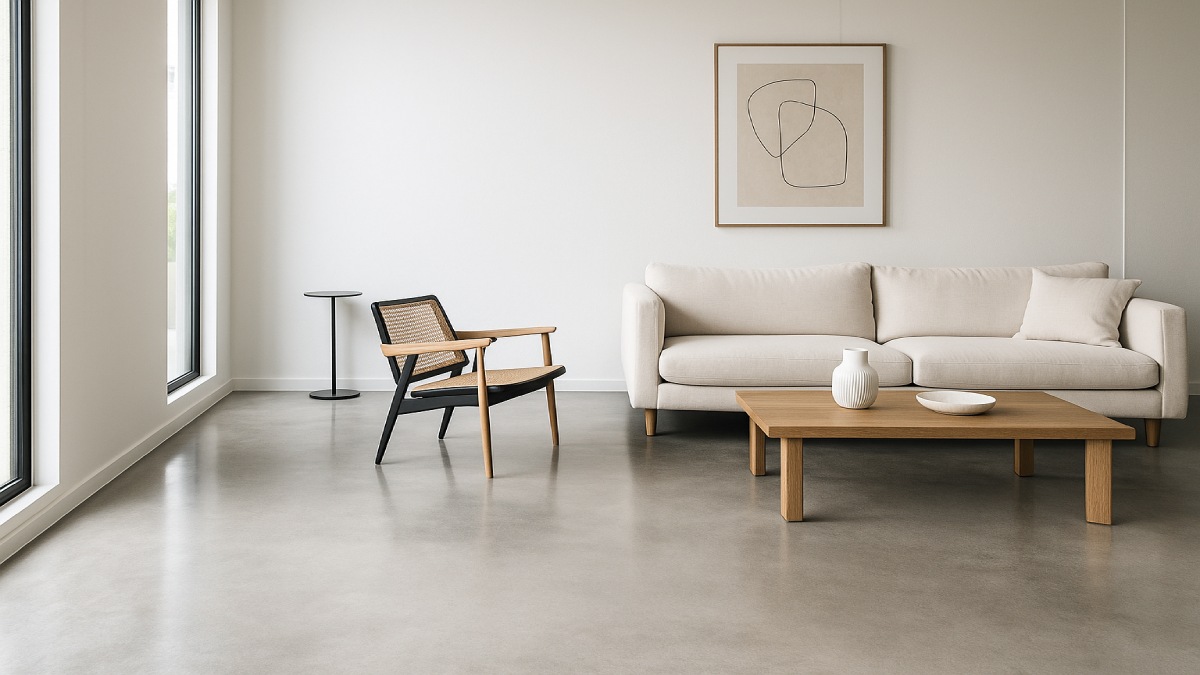
2. Microcement – Sleek and Adaptable
Microcement, also called microtopping, offers the minimalist look of concrete with a thinner profile and versatile application. It can be applied directly over existing floors, creating a seamless transition between rooms. With its subtle texture and customizable tones, microcement adds a refined, continuous surface that feels handcrafted yet modern.
It’s moisture-resistant and perfect for bathrooms, kitchens, or hallways where visual continuity matters. Microcement requires professional installation, but its longevity and unique finish make it a worthy investment for minimalist homes.
3. Engineered Hardwood – Warm Minimalism with Character
For those who love the natural warmth of wood without sacrificing modern aesthetics, engineered hardwood is ideal. It offers a stable core with a real wood veneer, reducing warping and expanding installation flexibility. The minimalist trend favors wide planks in neutral tones such as white oak, maple, or ash with matte finishes.
Pair wood floors with clean walls, natural light, and linen fabrics for a warm minimalist feel. Engineered hardwood is also sustainable when sourced from FSC-certified suppliers and finished with low-VOC coatings. Expect costs around $6–$12 per square foot depending on species and quality.
4. Luxury Vinyl Plank (LVP) – Affordable and Durable
LVP mimics the beauty of wood or stone while offering practical durability. Its waterproof surface and scratch resistance make it a great choice for families and high-traffic areas. Minimalist homes benefit from its sleek, consistent pattern and realistic textures that deliver elegance without excessive maintenance.
With a cost range of $3–$7 per square foot, it’s budget-friendly and easy to install. Look for matte finishes and longer planks to maintain a natural, seamless appearance.
5. Large-Format Porcelain Tile – Seamless Elegance
Large-format porcelain tiles (24×48 inches or more) bring a clean, uninterrupted look to minimalist interiors. Their minimal grout lines create a smooth, expansive surface. Choose soft finishes like honed or satin to reflect light subtly without glare.
Available in stone, concrete, or neutral monochrome looks, porcelain tiles are durable, water-resistant, and suitable for radiant heating. They provide the sophistication of natural materials with less upkeep — ideal for bathrooms, kitchens, and entryways.
6. Natural Stone – Subtle Luxury
For a touch of timeless elegance, natural stone floors such as marble, limestone, or travertine offer depth and character. Minimalist interiors pair well with stones that have gentle veining or uniform patterns. Sealed and maintained properly, they provide a high-end finish that lasts for decades.
Combine stone with minimalist furniture and warm lighting to balance its cool surface. Although stone flooring typically costs $10–$25 per square foot, its durability and luxury appeal justify the investment.
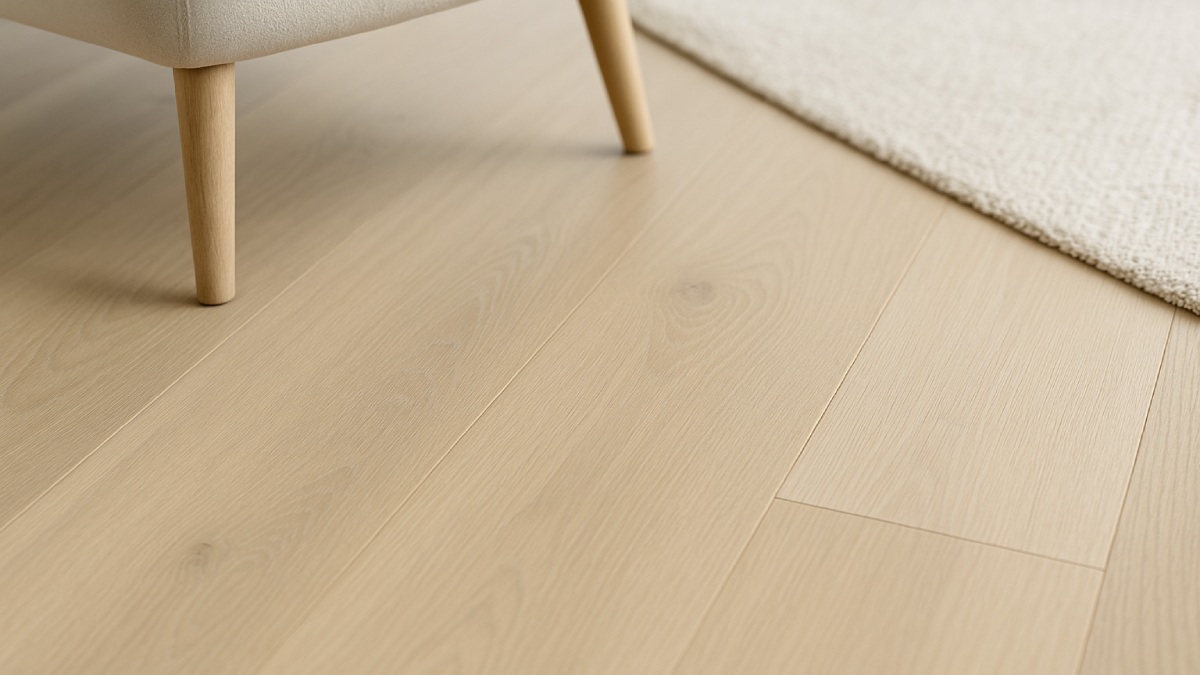
Balancing Aesthetic and Function
Acoustic and Comfort Considerations
Hard flooring materials can sometimes amplify sound. To maintain a calm acoustic balance, consider soft underlayments or sound-absorbing rugs. Cork, felt pads, or area rugs with thick weaves reduce echo and bring a sense of comfort without clutter.
Warm vs. Cool Minimalism
Modern minimalism has evolved beyond stark gray spaces. Warm minimalism uses beige oak, soft white, and honey tones for a lived-in feel. Cool minimalism favors concrete, gray porcelain, and steel accents for a refined aesthetic. The difference often comes down to lighting and finish — warmer lighting enhances organic textures, while cooler tones emphasize precision.
Sustainability and Maintenance
Minimalist flooring should not only look timeless but also last. Eco-conscious homeowners prefer low-VOC finishes, recycled content, and sustainably harvested materials. Long-lasting floors like concrete, engineered wood, and porcelain reduce waste over time, aligning with minimalism’s ethos of mindful living.
Styling and Layering Minimalist Floors
Rugs and Textiles
Adding natural rugs such as jute, wool, or sisal introduces softness and warmth. Keep colors neutral or tone-on-tone for harmony. The texture contrast between soft fibers and smooth flooring adds visual interest without disrupting minimalism.
Lighting and Furniture Pairing
Light plays a huge role in how flooring feels. Direct sunlight highlights wood grain or stone veining beautifully. Combine sleek furniture with natural textures — linen sofas, metal frames, and ceramic accents — to enhance the understated elegance of minimalist flooring.
Visual Continuity Across Rooms
Extending the same flooring throughout multiple spaces enhances flow and unity. Flush transitions between rooms or doorways create an unbroken visual line, making interiors appear larger and more cohesive. Minimal threshold strips maintain the seamless appeal.

Cost and Long-Term Investment
Material Comparison
When selecting minimalist flooring, consider both upfront cost and long-term value. Polished concrete and porcelain tiles are long-lasting and require minimal upkeep. Engineered hardwood adds resale appeal and warmth, while LVP offers affordability with style.
Longevity and Maintenance
Minimalist design values longevity over quick trends. Materials that age gracefully — like concrete or wood — complement this philosophy. Routine cleaning, protective pads, and proper sealing ensure decades of beauty with minimal intervention.
FAQs About Minimalist Flooring
What flooring color works best for minimalist interiors?
Neutral colors such as light oak, ivory, or gray reflect light and create spaciousness. The goal is to let the flooring serve as a quiet backdrop for furnishings and art.
Can minimalist floors still feel warm and inviting?
Yes. Incorporate warm undertones, soft lighting, and tactile elements like rugs or wood furniture. These layers bring comfort without visual clutter.
What’s the most budget-friendly minimalist flooring option?
Luxury vinyl plank (LVP) offers excellent value, durability, and style. It replicates wood or stone looks at a fraction of the cost and suits both small apartments and large homes.
How can I prevent minimalist flooring from feeling sterile?
Add warmth through lighting, natural materials, and subtle contrasts. Plants, woven textiles, and organic shapes balance the simplicity and bring life to minimalist spaces.
Conclusion
The best flooring for a modern minimalist home balances beauty, comfort, and purpose. Whether you prefer the industrial elegance of concrete, the natural charm of wood, or the sleek precision of tile, the key is harmony. Minimalist flooring doesn’t shout for attention — it grounds your design in calm confidence. Invest in materials that endure, complement your lifestyle, and turn simplicity into timeless sophistication.
